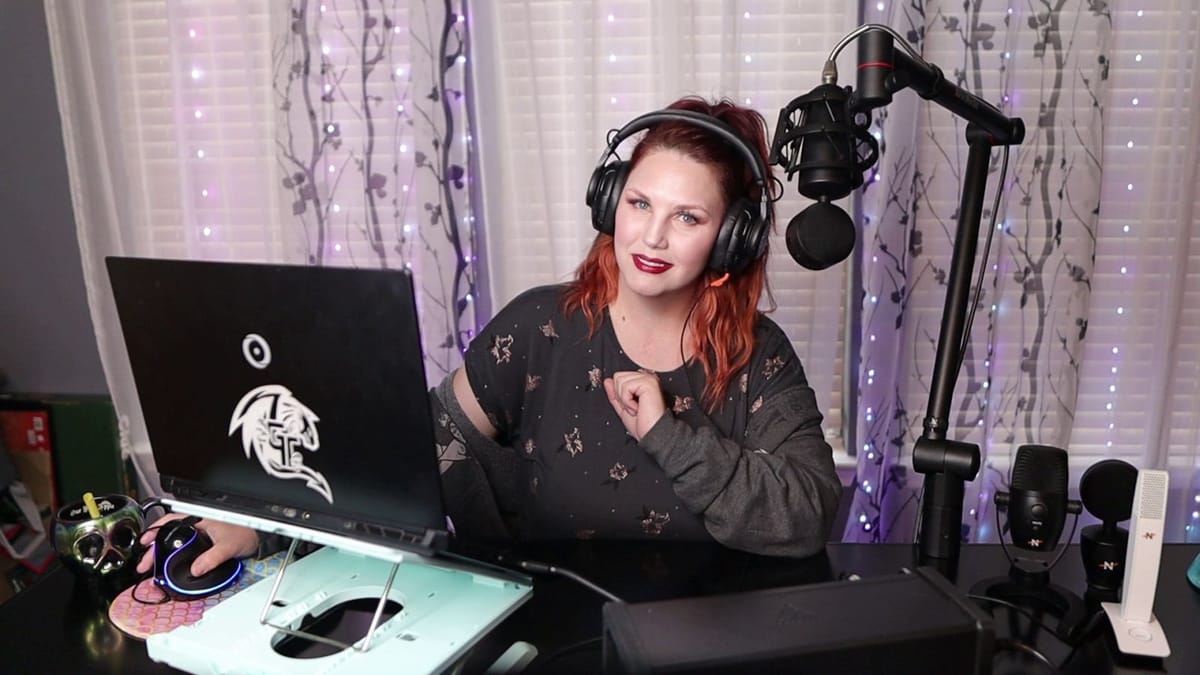
When I was a kid, my mother popped in a VHS of a live concert. Random ticking noises and then some woman screaming opened my mind to Pink Floyd’s Dark Side of the Moon. The darkness of the stage slowly danced across the black field of the audience. The opening guitar of “Breathe” etched itself on my brain forever, but it wasn’t until “Great Gig in the Sky” that I realized what I was meant to do for the rest of my life. “I’m gonna be a Pink Floyd backup singer!”, was my grand proclamation to my mother at that moment. Obviously that didn’t happen, but from this point forward I sang everything I heard, and at every opportunity. High School vocal music class, an audition-only singers group, a local community college, and I even joined a 4-part harmony group of retirees called the Sweet Adelines. At the drop of a hat I would sing, but believing that this was just a frivolous pipe dream I became a “responsible adult” and gave up any real pursuit of becoming an artist in favor of a job that pays the bills. If I would have had any guts in my 20’s I would have started busking with a mic and amp right there, but hindsight is always 20-20. Now 20 years later I am aggressively pursuing my dream of playing out for a crowd and sharing my heart with song, but that requires gear. What gear? Microphones – lots and lots of microphones. But not all microphones are built the same, so any aspiring musician is going to spend plenty of time researching everything from cheap wired kit mics to the wireless mics like my Shure Beta 58 stage mic. Knowing what mic to use when is almost as important as what you put into it.
I’ve recently gotten an opportunity to go hands-on with the entire line of microphones from Neat, a company with over a hundred years of veteran experience from companies like Blue Microphones, ADAM Audio, Guitar Center, Harman, AKG, and more. Forming Neat Microphones together, this dream team of talent should have the chops to usher in a new era of microphone tech for the consumer and producer alike. I also got to sit down with this team and really pick their brains, so before we get into this lineup, let’s see about the people behind it.
Co-founders and VP’s of Neat Microphones David Angress and Skipper Wise have been providing musicians with microphone options for decades including creating the Blue Microphone company in 1995. In fact, USB mics like the Yeti & Snowball, were my first set of recording microphones when I first started. In 2013 David set out to address how to make microphones more contemporary since the recording spaces have drastically changed. “Old analog had lots of noise and the new digital recording is silent,” says Skipper, and in that moment Neat Microphones was born. Garnering interest from the company that brought you the first gaming headset in 2005, Turtle Beach Corp. acquired the innovators of Neat in 2021. Their desire to create affordable but high-quality microphones for the public during the pandemic was a direct response to the growing need to be heard in multiple environments. The original Bee line was their first microphones, which you can see at this Legacy page for a bit of history. Based on customer feedback, the Neat team re-engineered the entire line and, in November of 2021, released four new microphones. We were given the opportunity to put this new generation of Bee’s through their paces and see if all the buzz was warranted.
“The Bee II series of microphones by Neat are rugged cardioid condenser microphones that will have you sounding like a pro in no time.” Great, but what do ANY of those words mean if you have never purchased a microphone before and have zero clue what you need? We are going to introduce you to the Worker Bee II, Bumble Bee II, King Bee II, and the Skyline by Neat, for good measure. First things first- if you know nothing about microphones, or just want a refresher from someone who struggled in the beginning, below is a video link with a crash course in basic audio technicals, and an in-depth dive on each of these microphones. If you just want to know about these microphones specifically, there is also a section in the video where you can hear each microphone back to back with speaking, singing, & top notch guitar recordings – those guitar sections are super special, I promise!
I’ve been using the King and Worker Bee II in my home studio and practice space for the last 2 months to put them through their paces with my band. I use a Behringer Digital Mixer with USB passthrough to my laptop as my interface to record vocals and instruments in both locations. They are powered mics, meaning they require Phantom 48v power when in use. While my guitarists are able to be captured directly via XLR or ¼ input, I was missing a decent way to capture my drummer or an acoustic guitar. A quality drum mic kit can be pricey so I was using my inexpensive Samson dynamic mic pointed at the kit. The capture was ok, but feedback was an issue being so close to my PA. I had to use my isolation set up & a couple additional acoustic tiles over the top of the microphone to mitigate. Since Dynamic mics are better suited for mid ranges, it picked up the toms and snare really well, but the bass still didn’t stand out, and mamma needs her bass – we’re a rock band for crying out loud! Maybe a condenser mic would capture it better? I knew I would need a better option.

The first microphone I hooked up was the King Bee II. The increased sensitivity of the condenser mic on the King Bee II sounded great allowing me to get better quality bass sounds as well as the toms and crisp ring of the cymbals. What if you want to use it for vocals or streaming though? Since I do a lot of solo recording between practices, I have my space at home optimized for dedicated vocal recording. Before I could get started, however, I had to solve a different challenge.
This is a heavy microphone, not for use on a cheap boom. The near 2.5 pounds of the King Bee II will topple your $20 desk boom from Amazon. Luckily, we just did a review on a desk mounted boom arm by AverMedia that’s rated up to 3.9 pounds. Able to use the same mounting hardware, the King Bee II was connected with a single screw turn, staying in position nicely. First dragon slain.
The next thing I noted on the King Bee II was the external shockmount. It helps with any bumps and wobbles in my setup, preventing transmission of all but the most harsh of knocks. Their thoughtful approach to the internal specifications includes a 34mm gold-sputtered (read: gold is conductive, but non-corrosive) true condenser capsule, and an attached honeycomb pop filter, meaning you won’t need a secondary pop filter for this one. The new black paint job allows it to sit stylishly in the background instead of constantly pulling attention like its predecessor. Of course that is personal preference – you may prefer the yellow and black banding of the original, with all of its matching accessories, but black goes with everything.
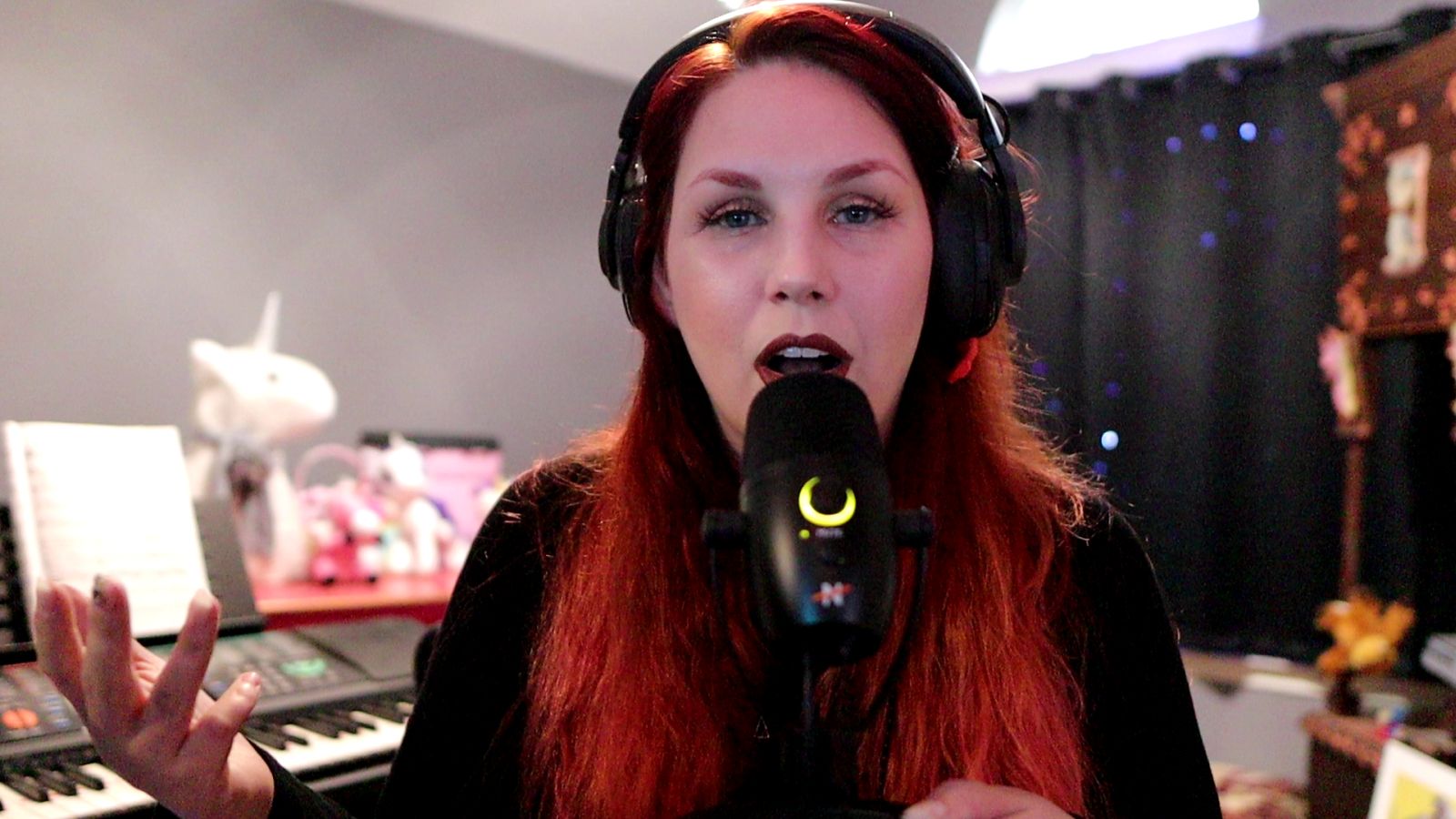
Firing it up the first time, voice capture was super hot, and my most resonant range constantly redlined the input, causing distortion. Luckily I was scheduling an interview with the creators of this wonderful piece of engineering, and when I brought this up Skipper told me to add a compressor or limiter. I had never used one before, thinking this was something for guitars, so he was kind enough to explain the benefits. On my next use I went to my XAirEdit app for my Behringer mixer and searched in the FX tab for compressor limiters and added that to my input. The difference was night and day. I could still see the intensity in my monitor, but they weren’t distorting anymore – thank you Skipper! I now have a microphone in my studio that I can use for capturing my drums and my voice, but what about the acoustic guitar?
I wish I could say I am an accomplished guitar player or even a moderate one, but sadly I am not. I can play well hooked up to RockSmith, though! Naturally I pulled up someone’s YouTube video playing one of my favorite rock acoustic intros and memorized the 8 note riff so I could play it for you – see the video above. The quality of the guitar in my headset actually made me take note like a dog turning its ear up to hear a squeaky toy. This has to be a $500 microphone with as crystal clear as it sounds, right? It almost makes me sound legitimately good. A quick search of the Neat product page surprised me – the King Bee II comes nowhere near breaking the bank at just $170. The versatile nature of this microphone was compelling so I was excited to check out the baby brother to this XLR Juggernaut, the Worker Bee II.
The Worker Bee II is surprisingly sensitive, but it’s also great at filtering out what you don’t need. Most other microphones pick up my laptop fans as clear as a bell, but not this one. It has a great true to life sound for my speaking voice, and picked up my whisper exceedingly well. My only issue was with the last note I sang – F5#. It’s in that “sweet spot” between my chest and head voice so I can belt that baby to the back of a football field without a mic. The Worker Bee II gave me a touch of distortion like I was 2 inches away from the mic despite being 8 inches away, until I added the compressor/limiter as suggested by Skipper. Now the distortion is gone and I can take some liberties with my power notes in my home studio as well as in my practice space.
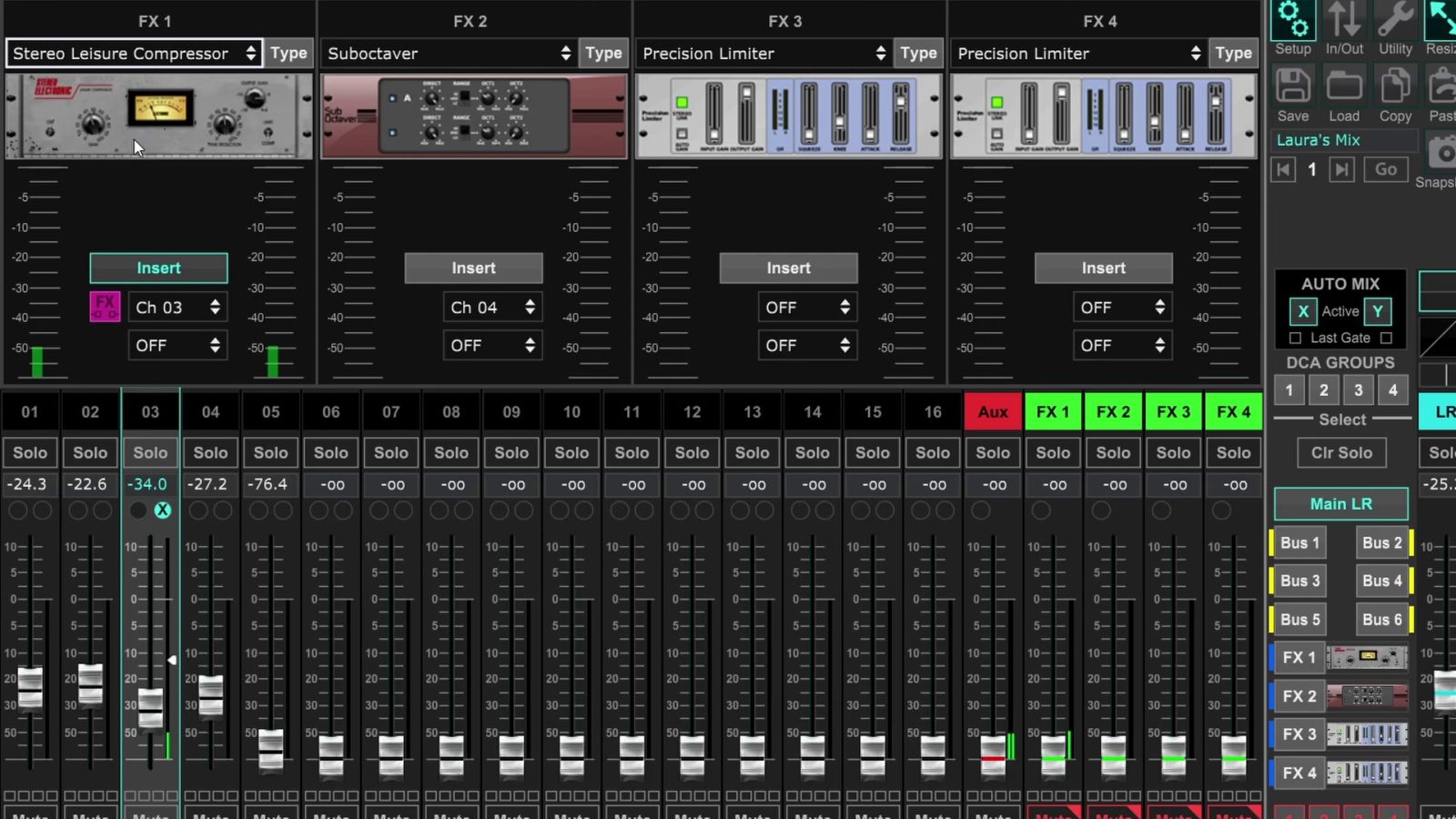
Digital compressor software will be necessary in many instances
The Worker Bee II is much lighter, just shy of a pound. It also sits in a smaller rig than the King Bee II, easily mounting on my cheap desk mounted boom arm I’ve attached to my studio keyboard. Noting the lack of an external shockmount, I looked up the specifications in the owner’s manual. The creators put an internal shockmount in this little beast. There’s some debate out there on this being a good or bad idea, but I have come to the conclusion that the audiophiles at Neat have thought of every possible drawback before doing so and I’m not going to weigh in on the pros and cons of an external versus internal shockmount. 40+ years in the audio engineering industry and session work, however, does give Skipper Wise that responsibility, and clearly they have spoken. The specifications on this microphone also state that it has a solid state condenser with a tight pickup pattern so you can easily record in an untreated room. Acoustic panels can be expensive and if you don’t understand audio engineering you can waste that money by placing them in completely superfluous locations negating none of the noise you intended to muffle. The true to life capture allows all the subtleties and nuances of the type of music I write to shine through in ways I was not getting with the Samson mic I had been using prior. I will be using this in my home studio for a long time to come, and I can see this setting a new standard for podcasters thanks to its ability to capture your voice perfectly.. Add to that a modest $100 price point this little bugger gives you a lot of bang for your buck. Streamers are always trying to balance quality and aesthetics on their set and the compact nature of the Worker Bee II means your face isnt obscured by a big microphone.
David and Skipper recognized that not everyone is using an XLR setup – they needed a USB-powered line of mics as well. There are a multitude of podcasters and telecommuters out there working from home due to COVID outbreaks. For them, an XLR microphone and interface is overkill at best. There are plenty of external USB microphones out there, such as the aforementioned Blue Yeti. Well, my big goober-princess of a dog moosed her way under my desk and knocked the microphone onto a wrought iron candelabra on my floor. No more Yeti. I stole my husbands Snoball mic and had been using it until the day I hooked up the Bumble Bee II. The instant clarity made me immediately wonder just how bad I had sounded up to this point – this thing is crystal clear in a way you have to hear to understand. I was able to hook my headphones into the mic directly, allowing zero-latency monitoring between what was said and heard – a far better solution than having to plug in yet another cord into my device.
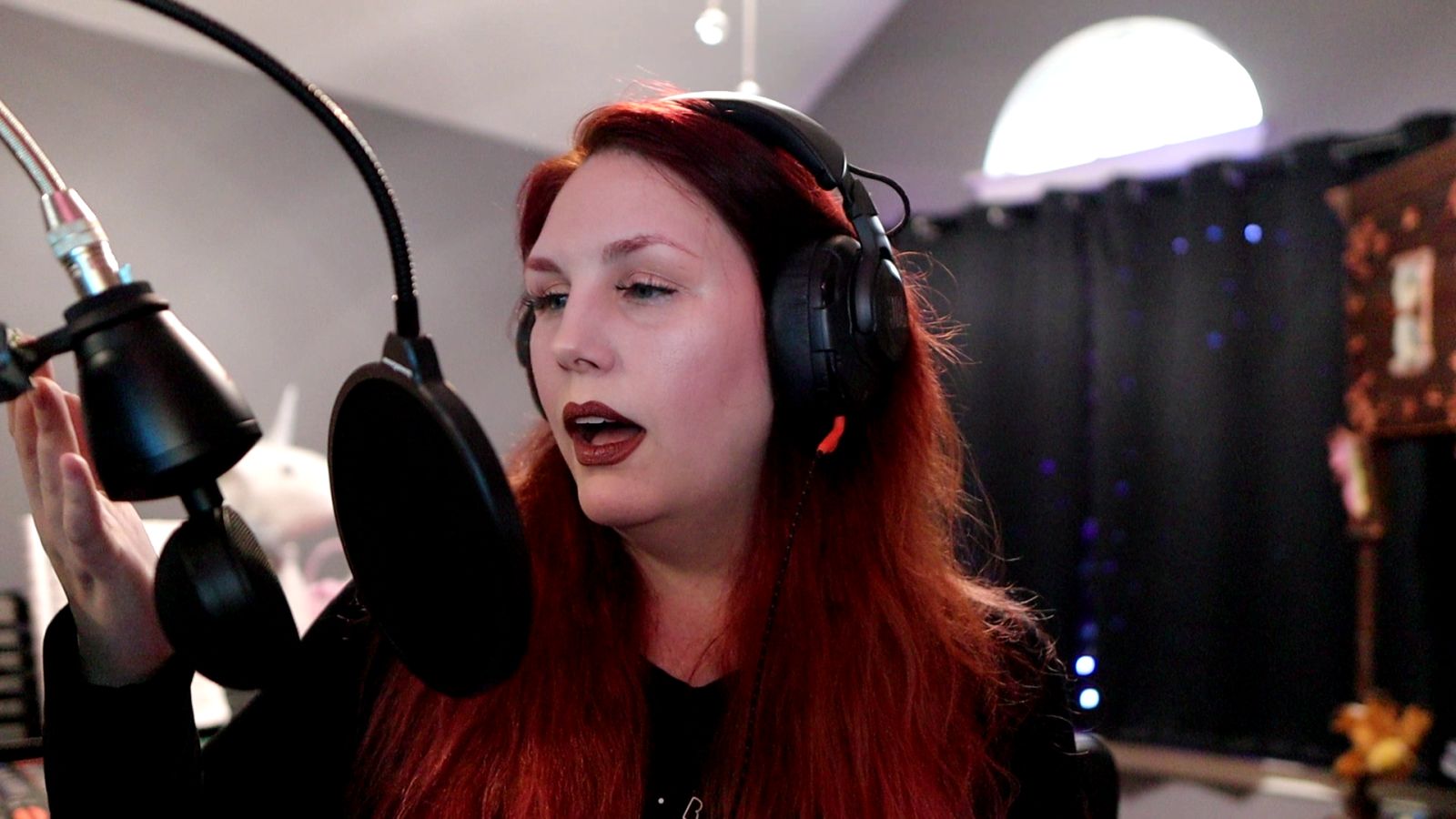
One of the best features of the Bumble Bee II is a physical mute button on the front of the device under the volume dial. We have a neighborhood dog that won’t stop barking, and that means having to mute frequently to shush the little 3-pound yapper. Combined with the internal shockmount, I was able to mute and shush to my heart’s content. The Bumble Bee II can also be taken off its included mic stand and attached to a boom arm – handy for whichever setup you prefer. I’m also happy to report that the device connects via an included USB-A to USB-C cable – something I hope the entire music industry can get behind. With a $100 price tag, it’s perfect for capturing high quality voice for your first foray into being a singer songwriter, or using it for podcasts or meetings.
The last on our list, but certainly not the least, is the Skyline Conference microphone. Also a condenser microphone with a cardioid polar pattern like the other 3 we reviewed, this microphone is intended for your conference room table. Omnidirectional, we also found it to be perfect for tabletop gaming capture as it picked up everyone around the table evenly. This powerful little obelisk punches far over its weight of 6.3oz, competing with its much bigger brothers for sound clarity and sensitivity. The narrow skyscraper-esque design also allows you to place the Skyline anywhere on your desk in an unobtrusive way.
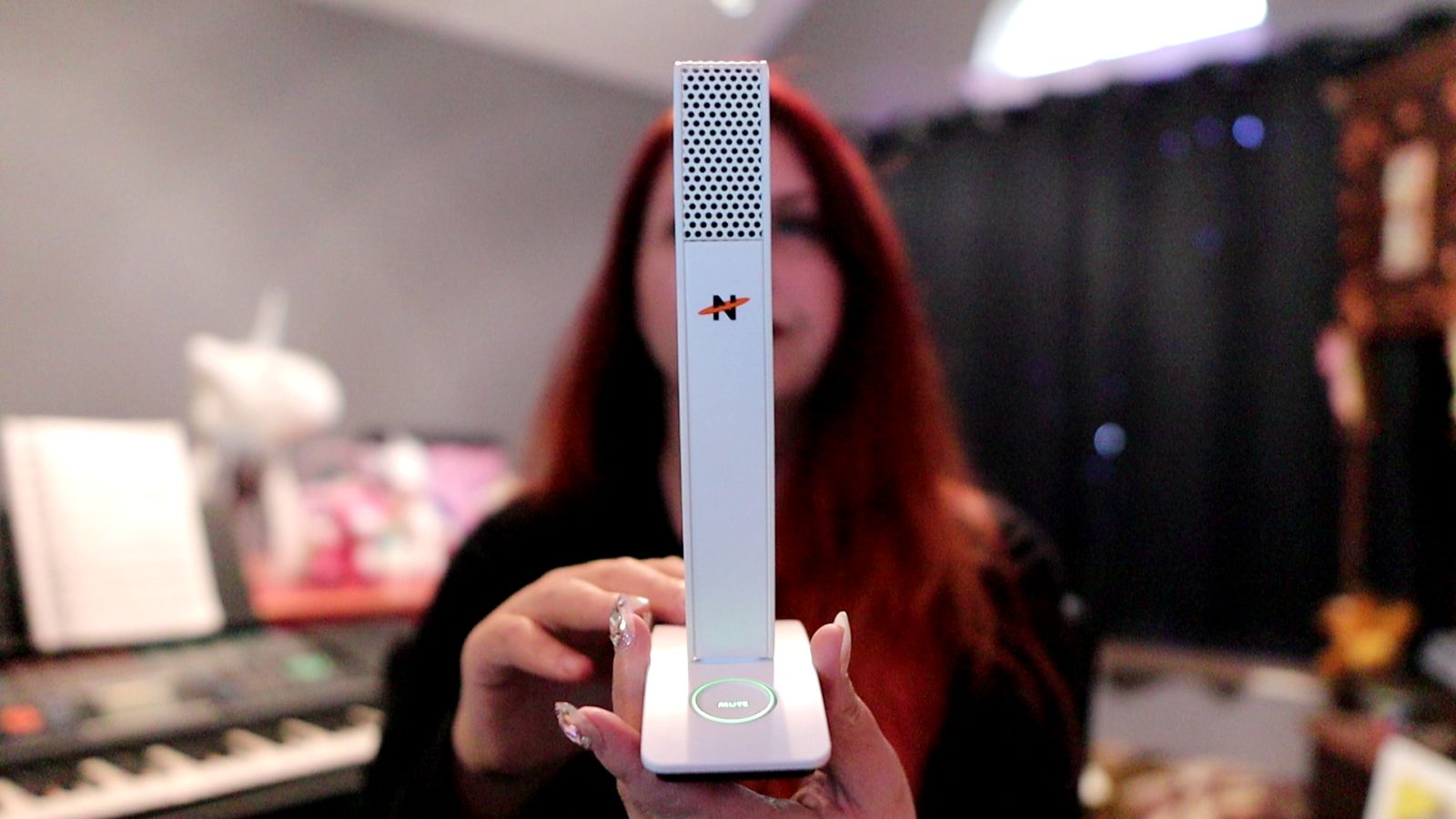
The mic also sports a brightly lit green encircled mute button that lets you politely get that tickle out of your throat. You’ll know you are muted as the circle turns red, allowing you a few seconds respite before you get back to your meeting. To use this for podcasts, meetings, interviews or any presentation setting, you’ll just need a place to plug in the USB cable – it’s also USB-C, thankfully. At just $70, it’s a great all-around microphone for any occasion where you need to capture your speaking voice.
If you didn’t know the name Neat before, you do now. I feel honored to have spoken to both David Angress and Skipper Wise about their newest hive members, the Bee II series and the Skyline conference microphones. It’s evident that they have put a lot of engineering into creating this line of microphones, and the results speak for themselves. Years in the industry be it the retail side or as a musician, engineer, or just good old fashion lovers of music you can hear the passion and care that went into their technology, research, and development. Wanting to do better for the entire scope of creators out there is one thing, but doing it without costing an arm and leg to kit up a studio is a feat. If you are looking for a microphone for whatever your purpose I highly recommend you look at Neat Microphones. No matter which you choose, you can’t go wrong.
Bumble Bee II
Excellent
Completely re-engineered, the second generation of Neat microphones are stunningly clear. Aggressively priced, their price to performance ratio can’t be beat. Whether you are a podcaster or a potential Pavarotti, there’s a Neat mic for the job.
Pros
- Incredible price to performance
- Crystal clear sound capture for the entire line
- USB-C for USB mics, and standard XLR for the rest
- Sleek and rugged aesthetics
- Included shockmount
Cons
- Limiter or compressor may be necessary
